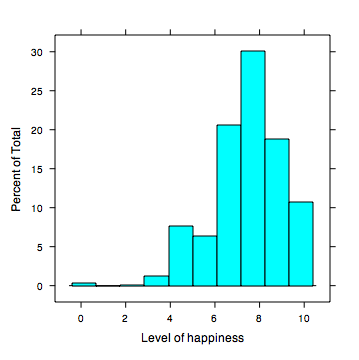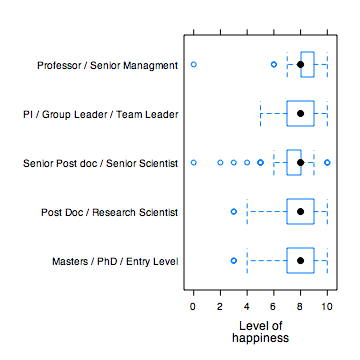Sumatra is very cool idea which I felt the need from a long time. Andrew started the development of it and released the version 0.1 few days ago. The idea was great: record all the details about your simulation, storing the parameters, why you have launched it, what was the outcome. Tagging on top for categorization as well.
There was only one problem: Sumatra was not supporting git so I was unable to use it. Therefore, giving the fact was opensource I just baked a series of patches which were integrated in the tool and now sumatra has a git support 🙂
If you want to have a feel about it and want to try with git there is an example repository on github which you can use.
This is the results of the webinterface (sumatra stores everything in the django ORM system) showing the tables of the simulations:
If you click on the single record you can access the details of the simulation:
Using sumatra you will be able to:
- search your simulations’ results
- describe the results of the simulation on the simulation record itself, keeping everything very compact and ordered.
- retrieve all the tiny details when you will need (papers hopefully..)
Storing all this informations is done automatically for you (except the analysis’ results of course), so you can focus more on your science, without worrrying on loosing your results.
Soon I’ll integrate sumatra in Neuronvisio.
P.S.: The patch for git integration (second part) is on its own way and it should be integrated soon in the tree, so you will need to run the bleeding edge and integrate the patch yourself if it’s not yet there (and you can’t wait 🙂 )
Have Fun






